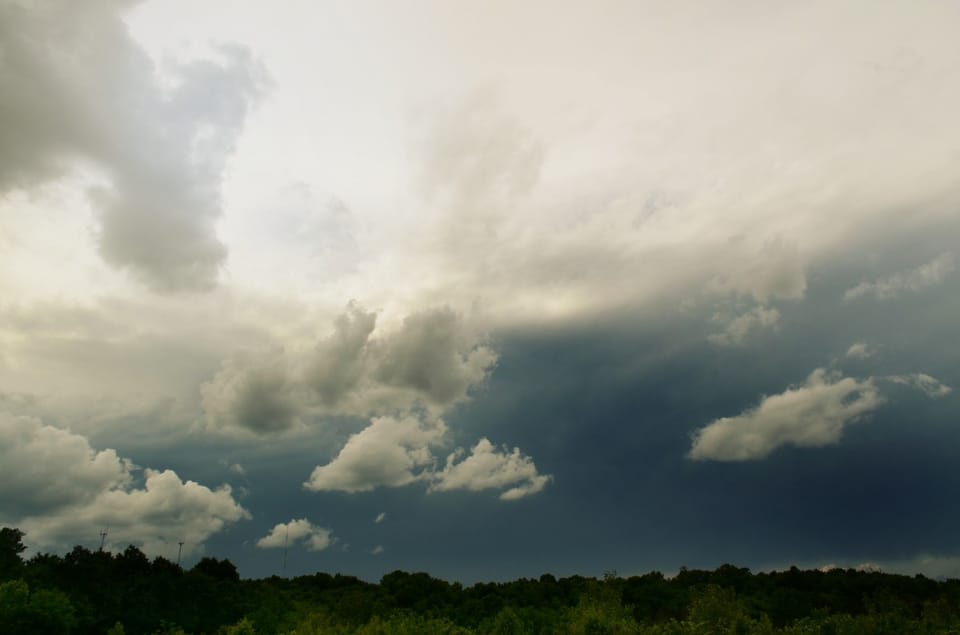Braving the Elements: How to Play Golf in Inclement Weather

Golf is a game of precision, patience, and adaptability—and nothing tests a golfer’s mettle quite like unpredictable weather. Whether it's gusty wind, sudden rain, or blazing sun, playing through inclement conditions adds a challenging layer to an already demanding sport. For those determined to stick to their tee times come what may, understanding the risks, adapting your strategy, and knowing when to prioritize safety are essential.
The Risks of Playing in Bad Weather
Before lacing up your spikes and heading out into the elements, it’s important to weigh the potential hazards.
- Wind: Strong winds can drastically alter shot trajectories, especially with high-lofted clubs. It’s easy to misjudge distances, overswing, or lose balance on the follow-through. Wind also increases fatigue over 18 holes, as players often find themselves fighting both physical and mental strain.
- Rain: Wet conditions affect almost every aspect of the game—from grip stability and footing to ball roll and spin. It’s also a recipe for blisters, slippery clubs, and waterlogged greens. Prolonged exposure can lead to hypothermia in colder temps or discomfort that ruins focus.
- Extreme Sun: Clear skies and warm temperatures may seem ideal, but prolonged sun exposure brings its own dangers: dehydration, heat exhaustion, and sunburn. Mental sharpness can suffer as your body overheats, and fatigue becomes a real issue by the back nine.
Strategies for Each Condition
While inclement weather makes golf tougher, the right approach can help you stay competitive and composed.
In the Wind
- Club Up or Down: A headwind may require 1–2 extra clubs, while a tailwind may mean clubbing down. Let the wind help or hinder you deliberately.
- Keep It Low: Use punch shots or a lower ball flight to minimize wind interference. A 3/4 swing can reduce spin and ballooning.
- Play the Wind, Not Against It: Accept that the wind will influence your ball. Aim for controlled fades or draws that ride with, not against, the breeze.
In the Rain
- Stay Dry: Use rain gloves, extra towels, and waterproof gear. A solid umbrella and good rain jacket are non-negotiable.
- Focus on Grip: Wet grips mean less control. Re-gripping often and keeping hands dry should be a top priority.
- Adjust Expectations: Greens will be slower, drives won’t roll as far, and everything feels heavier. Accept this, and play a more conservative game.
In the Heat and Sun
- Hydrate Early and Often: Don’t wait until you’re thirsty—drink water throughout the round.
- Use Sunscreen and Protective Clothing: Long-sleeved UV shirts, wide-brimmed hats, and sunglasses can shield you from overexposure.
- Pace Yourself: Rest in the shade where possible, and avoid unnecessary exertion between shots.
Knowing When to Call It
There’s no shame in heading for the clubhouse if safety is at risk. Severe weather demands mature decision-making.
- Lightning: If you hear thunder or see lightning, stop immediately and seek shelter. Courses are open areas and golfers holding metal clubs are prime targets.
- Torrential Downpours: When rain overwhelms your gear and visibility or footing becomes unsafe, pause or end your round.
- Extreme Heat: If you begin to feel dizzy, disoriented, or nauseated, leave the course. Heatstroke is a medical emergency.
Final Thoughts
Golf in challenging weather conditions can sharpen your game, test your resilience, and even give you a competitive edge over less-prepared players. But it requires forethought and humility. Be ready to adjust your game, protect your health, and walk away when nature insists.
Because while golf is a game, the weather doesn’t always play fair—and knowing how to respect that could be your best score-saving move yet.





